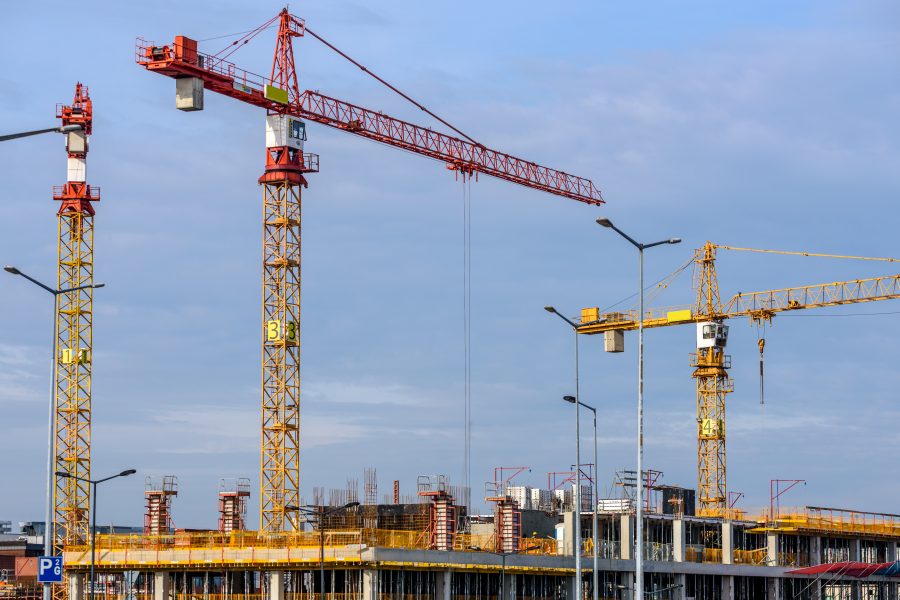
28 Mar The RISKIEST part of the Construction Cycle
The RISKIEST part of the Construction Cycle: Each day, I hear lots of excitement from my owner clients about how banks are interested in talking about our project. I hear lots of upbeat optimism from design firms about their proposal volume. Contractors are elated about the new projects being discussed. Cities and counties are excited that new developments are coming to the region. My Advice: BEWARE. We are entering the riskiest part of the construction economic cycle!
Every business needs cash to expand. Bankruptcy attorneys tell me this is often one of their busiest times. My caution to my owner and contractor clients is not to sacrifice construction bonding for the sake of saving money.
New development is accelerating at this part of the construction cycle. During the last five years most firms have downsized the overhead to match the income. This would include all design and construction firms. Now that the storm has been weathered they are stable; however, more often than not, cash reserves have been drained. When an economic growth spurt starts, many firms attempt to gather as much work as possible, quickly outstripping their overwhelmed staff and financial capabilities.
Let us be clear – it takes cash to grow. Cash is generated from additional work or loans. Weakened balance sheets limit a company’s bonding and borrowing capacity.
One solution often employed by contactors is to convince an owner to waive the bond requirement, thus freeing their bonding capacity for additional bonded work. My advice to my owner clients is: this is NOTthe time to accept that credit. When you examine the risk, more contractors are put out of business by over-extension of their staff or a subcontractor unable to perform. The subcontractor’s failure impacts the contractor as he is required to pick up the additional cost. Bids received in a competitive market will not be replaced at the same price in an expanding market.
Often it is not your project that causes a contractor or subcontractor to fail. Many times it will be the slow payment on another project that will limit or eliminate the cash cushion needed by all businesses to grow. This has a ripple effect as the subcontractor cannot order the materials, cannot start the work when needed, or worse, take any owner provided advances to complete another project.
Design professionals are not any different. They will take on more work than they can handle and delay in adding the necessary staff in hopes of replenishing their cash reserves. This will lead to project delays and poor drawings resulting in costly change orders.
As an owner – The solution is to limit your risk:
- Request current financial statements from your design professionals and contractors and review them for financial strength.
- Keep design professionals to their staff commitments – design is all about the A team – lock that talent up in the contact – if they promised a specific designer or team –put it in the contract.
- Insist that contractors provide payment and performance bonds. Include bonding of all subcontractors.
- Include in the contract the specific project management team personnel and insisting that they cannot be removed or substituted without the owner’s permission.
- Pay your design and construction professionals promptly – within 20 – 30 days of the invoice date. This will not cost the project any more money, and will result in senior executives of design and construction companies making sure your project gets everything it needs to keep that cash coming.
